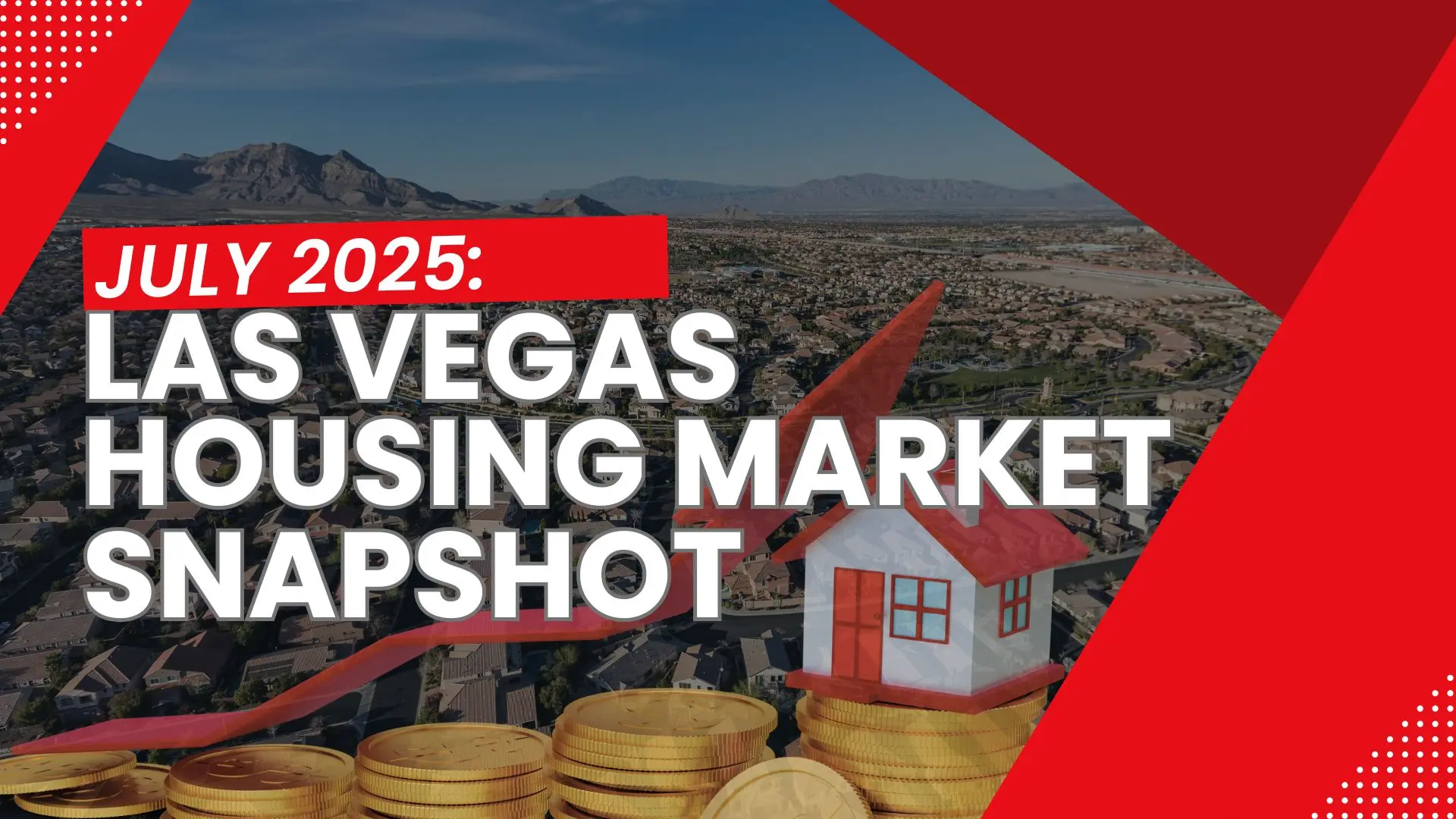Las Vegas has always been a city of change. From the Strip to the suburbs, new developments rise quickly, and the region has become one of the fastest growing metropolitan areas in the United States. With that growth, however, comes a housing crisis that affects many groups, especially seniors and families with limited incomes. Rent increases, land scarcity, and rising construction costs have made it difficult for older residents on fixed incomes to find safe and affordable places to live.
Local leaders are now looking closely at two connected strategies: infill development and the use of public land for affordable housing. Infill means building on parcels that are vacant or underused inside existing urban areas rather than continuing to expand into the desert. Public land refers to property owned by government agencies that can be transferred or sold at reduced cost to support projects that serve the public good. Together, these two approaches are starting to change the way Las Vegas tackles its housing needs.
This article explores why infill development and public land transfers matter, highlights key projects already underway, identifies major challenges, and explains how success could reshape the city for the future.
Why infill and public land matter for affordable housing
Land costs are the biggest hurdle. In many projects, the land alone can represent 20 to 30 percent of total development costs. When the goal is to create affordable units, those numbers make it nearly impossible for developers to deliver housing at price points that seniors can afford. If the land is free, donated, or sold at below market value, more of the budget can be directed toward construction quality and affordability.
Infill uses what is already in place. When developers build on vacant parcels inside the city, they do not have to extend sewer lines, lay new roads, or construct entire schools or fire stations. These services are usually nearby, which lowers the cost of development and keeps housing closer to where residents already live, shop, and receive medical care.
Public land is plentiful in Nevada. More than 80 percent of the land in Nevada is federally owned, with large portions controlled by the Bureau of Land Management. In Las Vegas, many parcels of federal land sit adjacent to urbanized areas or within zones that could support new housing. Without legal authority to transfer those parcels, however, the land remains locked away from productive use.
SNPLMA provides a path forward. The Southern Nevada Public Land Management Act, or SNPLMA, allows BLM to dispose of certain lands at below market value for affordable housing. Local governments can nominate parcels, hold them in reserve for planning, and then work with nonprofit or private developers to complete projects. This legal tool has already enabled several new affordable and senior housing communities in Clark County.
Key Projects in Las Vegas Using Public Land for Affordable Senior Housing
To see how these ideas work in practice, here are some of the most notable senior housing projects in Las Vegas that rely on public land transfers or infill strategies. Each example highlights different scales, affordability levels, and design approaches, but all of them show how public land can lower costs and expand housing options.
Heirloom at Pebble is in the South Las Vegas Valley on a BLM parcel transferred through SNPLMA. It includes 195 senior apartments (55+) with one- and two-bedroom layouts, with rents tied to 30%, 50%, and 60% of the area median income. Opened in 2025, the project features community rooms, courtyards, and accessibility elements.
Decatur Rome Senior Apartments sit in Northwest Las Vegas on former federal land. The $78 million project includes 276 total units, with 238 apartments and 38 small homes. Of these, 180 are reserved for seniors at or below 49% of AMI, and 96 are available at or below 59% of AMI, combining traditional apartments with tiny home living.
Silver Desert Estates is located in Lone Mountain West on 15 acres of federal land approved by the Las Vegas City Council. The development provides 282 affordable senior apartments across multiple income tiers and highlights suburban infill use of public land near existing infrastructure.
Smaller County Senior Project is planned for Central Las Vegas on a county-nominated parcel. It will provide around 60 senior apartments targeted to very low to moderate-income households, serving as an example of how smaller-scale developments can also make use of public land for affordability.
Challenges facing affordable senior housing
While these projects are promising, they also reveal the hurdles that remain in creating a sustainable pipeline of affordable senior housing.
- Approval and permitting delays. Even when land is available at low cost, zoning changes, environmental reviews, and utility assessments can take years to complete. Delays increase costs and discourage developers.
- Financing gaps. Affordable housing projects require layered financing that often includes federal Low Income Housing Tax Credits, state funds, local housing trust dollars, and private loans. If any one of these layers falls through, the entire project can be stalled or canceled.
- Community resistance. Residents sometimes oppose new developments, citing concerns about traffic, density, or changes to neighborhood character. Effective communication, attractive design, and transparency about affordability levels can help overcome opposition.
- Operational costs. Senior housing is more than buildings. It requires property management, maintenance, accessibility upgrades, and sometimes on site social services. These ongoing costs must be planned for in advance so that affordability lasts.
- Scale and timing. A handful of projects will not solve the regional housing shortage. The city needs dozens of projects in the pipeline, which requires faster coordination between federal, state, and local governments.
What success could look like for Las Vegas
If Las Vegas and Clark County continue to leverage infill and public land, several long term benefits are possible.
- More seniors can age in place. Residents with limited incomes can remain in their neighborhoods rather than being forced out to distant suburbs.
- Land is used more efficiently. Vacant and underused parcels are transformed into housing that connects with existing infrastructure.
- Housing options expand. Developments can include apartments, townhomes, and small homes, giving seniors more choices based on their needs.
- Neighborhoods remain balanced. By mixing affordable housing into existing communities, the city can avoid creating large areas of concentrated poverty.
- Public costs decrease. Infill reduces the need for new infrastructure, which saves taxpayer money in the long run.
The role of policy and leadership
Scaling these projects requires continued leadership from local and state officials. Faster permitting, flexible zoning overlays for affordable housing, and increased local housing funds will help. Partnerships with nonprofit developers and experienced private builders can bring capacity and expertise. Clear accountability measures, including long term affordability agreements, ensure that projects serve the community for decades.
Wrapping Up
Las Vegas is at a turning point. The region faces a shortage of affordable housing, yet it also has unique tools like SNPLMA that open doors to new solutions. Projects such as Heirloom at Pebble, Decatur Rome Senior Apartments, and Silver Desert Estates show how federal land transfers and infill strategies can produce real results. The challenge now is to move from individual success stories to a steady pipeline of affordable senior housing that grows year after year.
What is your perspective on using public land for affordable senior housing in Las Vegas? Do you see benefits, risks, or other creative solutions? Share your thoughts in the comments. Your input can help shape how our city plans for the future.








